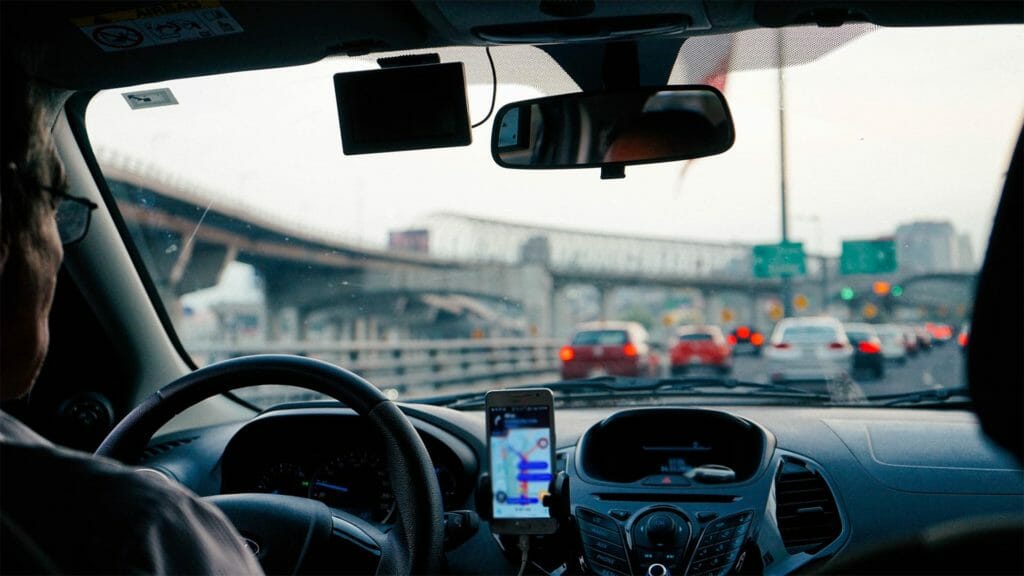Injured as a direct result of the use or operation of an automobile…you tell me.
Author(s): Stacey L. Stevens*
October 17, 2011
The Financial Services Commission of Ontario and the Ontario Superior Court of Justice has recently released a number of decisions which has defined the terms “automobile” and “use” as required by section 3(1) of the Statutory Accident Benefits Schedule; the defining Regulation for a person’s entitlement to accident benefits after being injured in a car accident.
The recent approach illustrates the defining boundaries of this section can be flexible in certain circumstances.
In Downer v. the Personal Insurance, Michael Downer was assaulted by 2 unknown assailants while he was sitting in his car at a gas station. He was able to escape the attack and while driving away may have run over one of the assailants. As a result of this incident, Mr. Downer suffered physical and psychological injuries.
He applied for statutory accident benefits on the basis that the injuries he sustained arose as a direct result of the use of his car. The Personal accepted his claim and paid benefits until August 2001 at which time it terminated payment on the basis that Mr. Downer’s injuries did not arise directly out of the “use” of his automobile.
In determining Mr. Downer’s entitlement to benefits, the Court first applied the test from Amos v. Insurance Corporation of British Columbia [1995] 3 S.C.R. 405 which asks:
- Did the accident result from the ordinary and well-known activities to which automobiles are put (the purpose test); and
- Is there some nexus or causal relationship (not necessarily a direct or proximate causal relationship) between the plaintiff’s injures and the ownership, use or operation of his vehicle; or is the connection between the injuries and the ownership, use or operation of the vehicle, merely incidental or fortuitous (the causation test).
There was no dispute Mr. Downer’s driving his car to a gas station was an ordinary and well-known activity. The key to his entitlement to benefits rested on satisfying the causation test. The Court of Appeal decisions in Chisholm v. Liberty Mutual Group (a drive-by shooting) and Greenhlagh v. ING Halifax Insurance Co. (a woman who suffered frostbite after leaving her stranded car during a snow storm) establish that in order to satisfy the causation test, the insured must prove:
- That a temporal distance does not exist between the end of the use of the car and the insured’s injuries
In the end, the Court relied on the following facts in concluding Mr. Downer’s injuries were a direct result of the use of his automobile:
- Mr. Downer was in his car when the assault occurred.
- One of the causes of Mr. Downer’s psychological injuries was his belief that he ran over one of his assailants as he drove away.
- The assailants were intent on stealing Mr. Downer’s car therefore the assault was a random event.
The Court went on to confirm Mr. Downer was entitled to receive Statutory Accident Benefits.
In Olesiuk v. Kingsway Insurance, Mr. Olesiuk sustained a brain injury and multiple orthopaedic injuries while he was doing repairs on his employer’s truck. Mr. Olesiuk’s last memory was standing on the hood of the truck working on the roof of the cab. He was found the next morning lying on the garage floor next to the truck.
Although, there was no information as to what happened it was presumed that Mr. Olesiuk must have fallen off the truck.
Mr. Olesiuk applied for Statutory Accident Benefits. Kingsway denied his claim. The dispute was brought before the Financial Services Commission.
As in Downer, Mr. Olesiuk’s entitlement to Statutory Accident Benefits depended on a finding that his injuries were directly caused by the use or operation of an automobile and in particular whether doing repairs to a vehicle could be included in the term “use”.
The distinguishing piece of evidence in this case was the fact that Mr. Olesiuk was standing on the truck while doing the repairs. Arbitrator Feldman found that this was comparable to using the truck as a platform which, in his opinion, was not an ordinary well-known use of an automobile. Further, he concluded that undertaking repairs is an activity that is done to the vehicle rather than an activity to which the vehicle is put.
In conclusion, the Arbitrator found that Mr. Olesiuk was not entitled to receiveStatutory Accident Benefits.
Discussion
The Downer and Olesiuk decisions raise some concern when it comes to a person’s right to receive Statutory Accident Benefits. Consider a person who stops on the side of the road to repair a blown tire and is injured while installing the spare or someone who is injured while walking to their parked car with some groceries.
Where will the line be drawn when the insured’s use or operation of their automobile is what started the chain of events that led to their injuries?
Perhaps the distinguishing factor between these decisions is the concern that finding Mr. Olesiuk was entitled to accident benefits would open the floodgates to claims from everyone from car hobbyists to professional repairmen who are injured while working on a vehicle; a much more common cause of injury compared to being assaulted while sitting in a car.
Thank you for taking the time to read this posting and provide your comments. In the next issue of Thomson Rogers Accident Benefit Reporter, I will be discussing whether a person who is injured while riding a pocket bike on private property is entitled to accident benefits.
Share this






